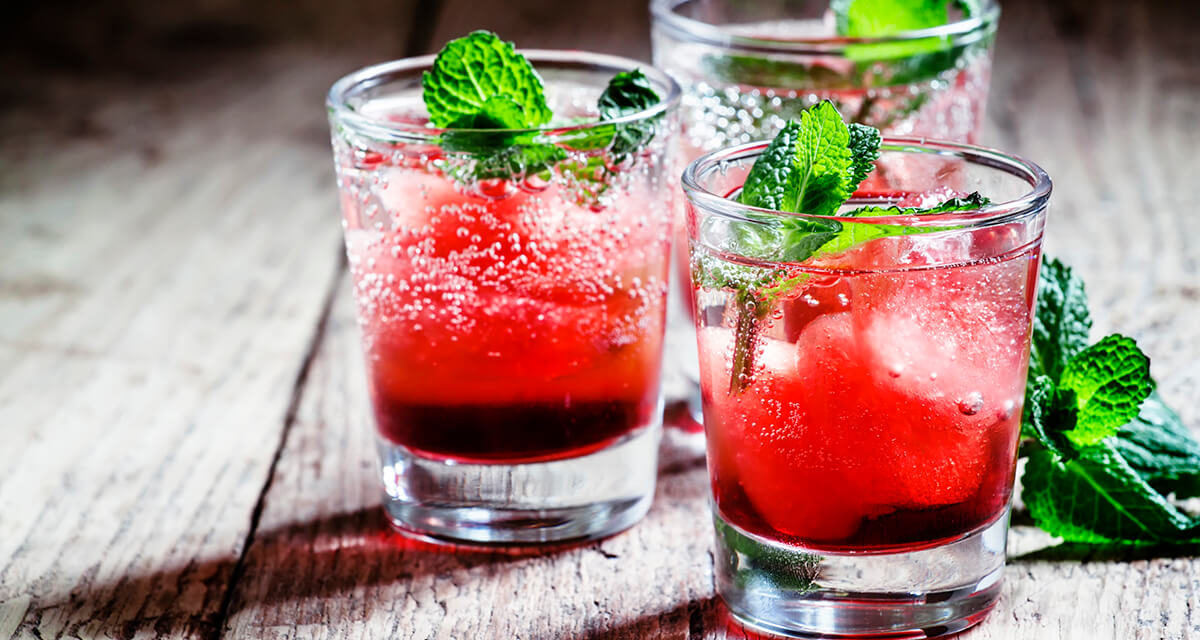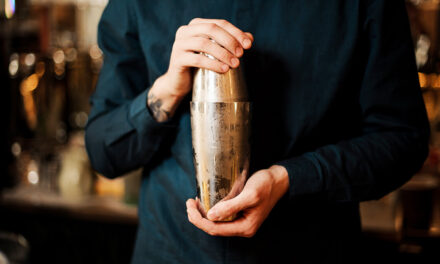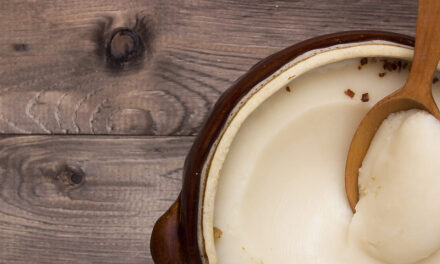With warmer days on the horizon, we’re ready for refreshing beverages. When planning ahead for a steamy summer full of drinks that are light, cool, and effervescent, there is no better ingredient for the casual mixologist than cocktail shrubs. While these vinegar and fruit based mixers sound complicated and strange (you may also have heard them referred to as “drinking vinegars” which doesn’t sound appetizing at all), cocktail shrubs are actually a great way for home bartenders to hone their skills and create seemingly complex drinks relatively quickly. These potent mixes are the essence of a sunny day and brightly complement a wide variety of both cocktails and mocktails. Below we’ll take you through how to incorporate shrubs into your cocktails and mocktails.
What Are Shrubs?
While shrubs are enjoying a recent surge in popularity over the last decade, they have been a staple in cocktail culture for more than a century. At their most basic, shrubs are a mix of macerated fruit, sugar, and vinegar. Though they take a bit of time to create, the preparation process is simple. First, fruit—generally berries or stone fruit, like peaches—is sliced or muddled and placed in a glass jar with a proportionate amount of sugar. A 1:1 ratio of fruit to sugar is a general rule of thumb, but you can add more if you have a sweet tooth. The jar is then sealed and the fruit is allowed to macerate with the sugar, which makes it soften and release its juices. The jar is stored at room temperature for anywhere from eight hours to two days (but no longer, otherwise this will lead to fermentation). The fruit and sugar will break down into a thick, fragrant syrup that is then strained and poured back into the jar. Then comes the vinegar, which gives the cocktail shrub balance by cutting its sweetness with the acidity.
The addition of vinegar to the fruit syrup is a great opportunity to get creative, with a few things to be considered when selecting the right kind to use. The first is quality. A cocktail is only ever as good as its ingredients, so this is a great place to splurge on a higher quality product. It is also essential to consider flavor profiles when pairing a vinegar with a fruit syrup. Be thoughtful about the flavors and find pairings that are natural pairs. Berries, for instance, are excellent with balsamic vinegar. A strawberry balsamic shrub is a dream come true with gin or vodka. Champagne vinegars are lovely with blood orange shrubs, red wine and apple cider vinegars also work well. Once you learn the basics, shrubs offer endless possibilities for variations and experimentation.
How Are Shrubs Used?
One of the most beloved characteristics about shrubs is their versatility. Unlike many cocktail elements, shrubs contain no alcohol, which makes them an ideal ingredient for mocktails when you aren’t feeling something boozy. The mixture of fruit, sugar, and vinegar gives shrubs a sweetness with a hint of tartness, which makes them an excellent addition for adding depth and complexity to drinks like spritzes, punches, and even water. They are a great way to jazz up tonics and sparkling water, and they also make sophisticated craft sodas.
Mocktails
To use shrubs in a mocktail, try mixing them with club soda, lemonade, or even fruit juices. Just be aware that shrubs are already acidic, so you will want to taste test it as you go to balance the right amount of sweetness and acidity.
Cocktails
To use shrubs in a cocktail, we’ve found that a simple combination is shrub + base spirit + spirit modifier + bitters. You will want to use roughly an ounce of the shrub, but you can play with the ratios based on what makes the most sense for the drink.
If you’re feeling fancy, shrubs play well with accents like fresh herbs and citrus rinds. Shrubs are also a favorite of herbalists and proponents of natural remedies, who tout the benefits of shrubs for promoting gut health. There is no shortage of uses for cocktail shrubs, which makes them a valuable addition to any casual mixologist’s repertoire.






